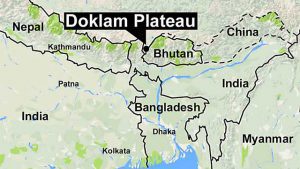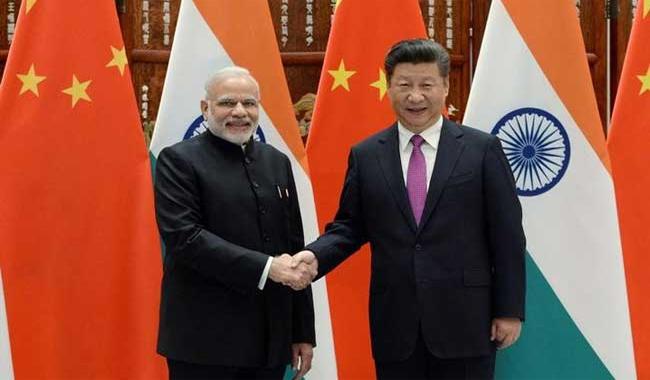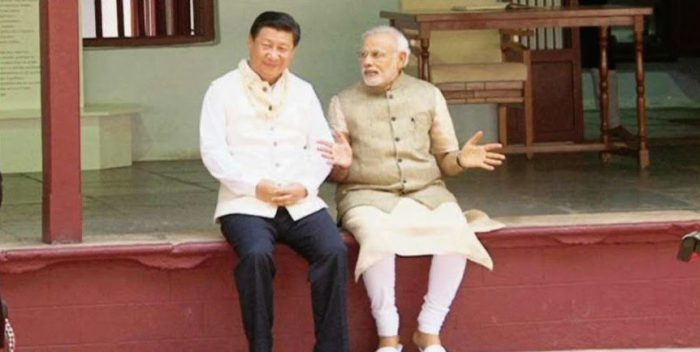Reading Time: 4 minutes
Since 2014, President Xi Jinping and PM Narendra Modi have met on several occasions. Zhong Shan said they had decided that the two countries would build a closer partnership in development and deepen cooperation in all areas. With the care and support of the Chinese and Indian leaders, the trade and economic ties between the two countries had kept a fast-growing momentum.
India seems to be talking it out with China, at least for the time being and on a few matters of importance. Commerce Minister Suresh Prabhu and his Chinese counterpart, Zhong Shan, met in Delhi last week for the first high-level contact between both sides that decided to ‘reset’ their ties in the run-up to Xi-Modi summit in China.
Zhong, who co-chaired the 11th meeting of the India-China Joint Group on Economic Relations, trade, science, and technology with Prabhu, said a free trade agreement (FTA) between India and China would be negotiated in due course, which would be a breakthrough in ties. Since 2014, President Xi Jinping and PM Narendra Modi have met on several occasions. Zhong said they had decided that the two countries would build a closer partnership in development and deepen cooperation in all areas. With the care and support of the Chinese and Indian leaders, the trade and economic ties between the two countries had kept a fast-growing momentum.
In 2017, the bilateral trade reached $84.4 billion, registering a growth of 20.3% from the year before and a record high. In particular, China’s import from India soared by 40%, helping ease the bilateral trade imbalance. China remained India’s largest trading partner. India had become one of the most important overseas investment destination for Chinese companies. China welcomed the participation of Indian businesses in the agricultural, pharmaceutical, and IT sectors, and the participation of producers of manufactured goods.
While on the economic front India and China are in for some strong ties, on the defence front, things are a bit different. China reiterated vis-a-vis Doklam that with the military stand-off between them on this issue, it was looking forward to a new round of engagement with New Delhi. Chinese Foreign Ministry spokesperson said that they are working to properly resolve this issue. Her remarks were in tune with Foreign Minister Wang Yi’s comments that India and China leaders had demonstrated strategic vision in tackling the crisis. Hua reiterated that China was committed to maintaining peace, stability, and tranquility there, and Donglang (Doklam) belongs to China.
Defence Minister Nirmala Sitharaman hesitatingly said that China had constructed a helipad and other military structures around Doklam so the Indian army will have to be put on alert in the area even in winter. Earlier, this was not the case. There was no deployment of Indian troops close to the Doklam border. Beijing wants to show to Bhutan that India cannot guarantee to safeguard the territory of Doklam. China wants to remove all Indian influence in Bhutan; as it has done in Nepal where a communist regime backed by China has recently gained power. Beijing had explained and convinced Nepalese government to shun all differences and come together for an election. China had for long desired that Bhutan should cease its control on Doklam in lieu of a territory in North Bhutan which China would give back to the country. Hence China has exerted pressure on Indian army.
This Chinese influence is quite visible in territorial and aerospace around Doklam. The Indian 

However, India’s soft stand on keeping China at bay is not going to yield positive results in the near future.
©Navodita Pande
Photos from the Internet
# ChineseInDoklam #PresidentXiJinping #ModiPM #IndiaAndChinaRelationship #DefenceMinisterNirmalaSitharaman #GlobalGanter #DifferentTruths


















